Chestnut mushrooms, a variety of Agaricus bisporus, are known for their rich, earthy flavor and meaty texture, making them a popular choice in culinary dishes. They have a light brown cap and a slightly firmer consistency compared to white button mushrooms.
Chestnut mushrooms are a culinary treasure waiting to be discovered, offering a depth of flavor that elevates any dish. With their firm texture and earthy taste, they bring a gourmet touch to everyday meals, from simple sautés to complex risottos. Not only do they tantalize the taste buds, but they also pack a nutritional punch, being rich in vitamins and antioxidants. Perfect for health-conscious foodies, chestnut mushrooms can transform ordinary recipes into extraordinary culinary experiences.
Chestnut mushrooms, also known as brown mushrooms or crimini, are a versatile ingredient that can be used in a variety of culinary applications. These mushrooms have a robust flavor that pairs well with meats, vegetables, and grains, making them a staple in many international cuisines. They contain significant amounts of selenium, potassium, and fiber, which are essential for maintaining good health. Chestnut mushrooms also have a longer shelf life than their white button counterparts, making them a practical choice for home cooks and professional chefs alike.
Understanding Chestnut Mushrooms
Before diving into the cultivation process, it’s essential to understand what makes chestnut mushrooms unique. Unlike other mushrooms, chestnut mushrooms have a light brown cap and a slightly firmer consistency. They are the same species as white button mushrooms and portobellos, but they are harvested at different stages of maturity, giving them distinct flavors and textures.
Nutritional Benefits
Chestnut mushrooms are not only delicious but also packed with nutrients. They are an excellent source of vitamins B and D, essential minerals like selenium and potassium, and antioxidants. Including chestnut mushrooms in your diet can support immune function, bone health, and overall well-being.
Culinary Uses
The robust flavor of chestnut mushrooms makes them a versatile ingredient in the kitchen. They can be sautéed, grilled, roasted, or used as a meat substitute in vegetarian dishes. Their umami-rich profile enhances soups, stews, risottos, and sauces, adding depth and complexity to various recipes.
Preparing to Grow Chestnut Mushrooms
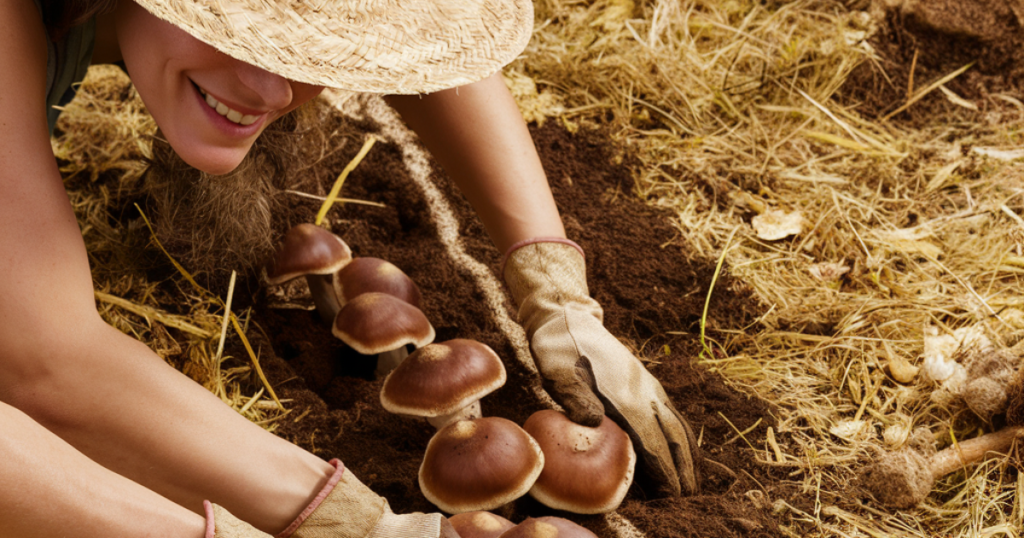
Growing chestnut mushrooms at home requires some preparation and the right materials. Here’s what you’ll need to get started:
Materials Needed
Mushroom Spores or Spawn
You can purchase chestnut mushroom spores or spawn from a reputable supplier. Spawn is often easier for beginners as it’s already inoculated with mycelium, the vegetative part of the fungus.
Growing Medium
Chestnut mushrooms thrive on composted manure, straw, or hardwood sawdust. These materials provide the necessary nutrients for the mushrooms to grow.
Containers
You’ll need containers or trays to hold the growing medium. Plastic bins, trays, or even large plastic bags can work.
Sterilization Supplies
To prevent contamination, it’s crucial to sterilize your growing medium and equipment. This can be done using heat or chemical sterilization methods.
Humidity and Temperature Control
Mushrooms require a humid and temperature-controlled environment. A humidity tent, spray bottle, and a thermometer can help maintain the ideal conditions.
Setting Up Your Growing Area
Choose a location that is cool, dark, and well-ventilated. Basements, garages, or dedicated grow tents are ideal spaces. Ensure that the area can maintain a consistent temperature between 55°F and 65°F (13°C to 18°C) and high humidity levels around 85% to 95%.
Step-by-Step Guide to Growing Chestnut Mushrooms
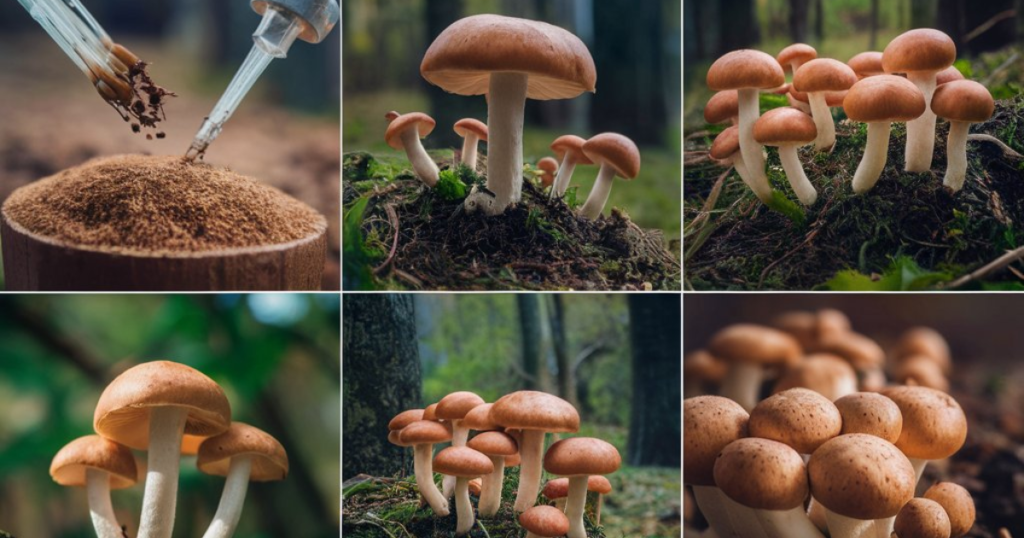
Now that you have your materials ready and a suitable growing area, follow these steps to grow chestnut mushrooms at home.
Preparing the Growing Medium
Start by preparing the growing medium. If you’re using composted manure or straw, it needs to be pasteurized to kill any harmful pathogens. This can be done by soaking the medium in hot water (160°F to 170°F or 71°C to 77°C) for an hour. After pasteurization, drain excess water and let it cool.
Inoculating the Medium
Once the growing medium is cool, it’s time to inoculate it with mushroom spawn. Break up the spawn into small pieces and mix it thoroughly with the medium. Ensure that the spawn is evenly distributed to promote uniform growth.
Filling the Containers
Fill your containers or trays with the inoculated growing medium. Pack it lightly, ensuring there’s enough room for air circulation. Cover the containers with a lid or plastic wrap to maintain humidity and prevent contamination.
Incubation Period
Place the containers in your prepared growing area. During the incubation period, the mycelium will colonize the growing medium. Maintain a temperature of 70°F to 75°F (21°C to 24°C) and keep the medium moist by misting it regularly. This period typically lasts 2 to 3 weeks.
Initiating Fruiting
Once the mycelium has fully colonized the growing medium, it’s time to initiate fruiting. Lower the temperature to 55°F to 65°F (13°C to 18°C) and increase humidity levels to 85% to 95%. Introduce indirect light to simulate natural conditions, as mushrooms need light to trigger fruiting.
Harvesting Mushrooms
After a week or two, you’ll start to see small mushroom pins emerging from the medium. These pins will grow into mature mushrooms within a few days. Harvest the mushrooms by gently twisting and pulling them from the medium. Be careful not to damage the surrounding mycelium.
Read More:
Popular Designs And Styles For Mushroom Tattoos
Advanced Techniques for Growing Chestnut Mushrooms
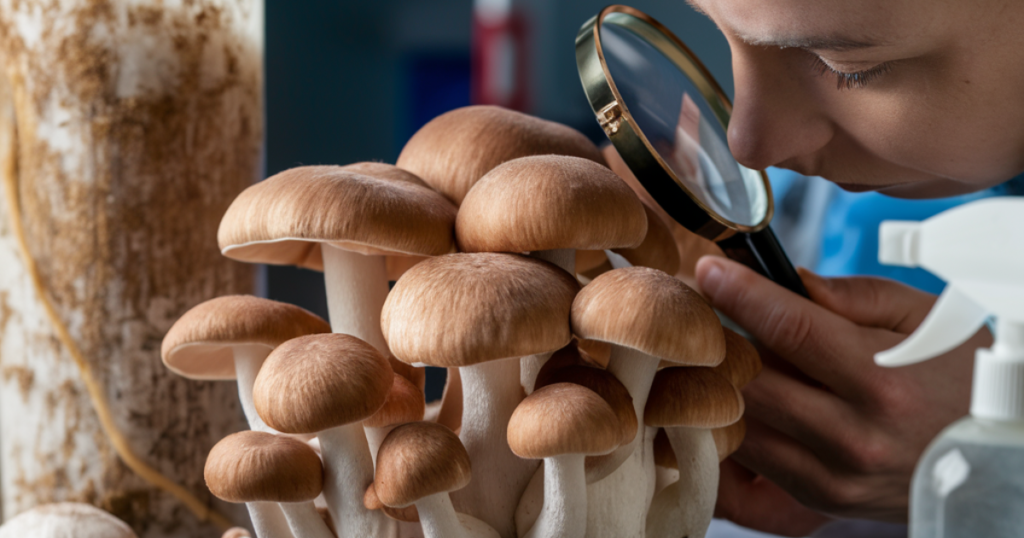
Once you’ve mastered the basics, you can explore advanced techniques to optimize your mushroom cultivation.
Using Grain Spawn
Grain spawn is a more advanced form of inoculation that can lead to higher yields. It involves using sterilized grain (such as rye or millet) as a substrate for the mycelium. Grain spawn provides more nutrients and allows for faster colonization.
Creating a Controlled Environment
Investing in a grow tent or a dedicated growing chamber can help maintain optimal conditions for mushroom growth. Automated humidity and temperature controls ensure a stable environment, reducing the risk of contamination and increasing yields.
Experimenting with Substrates
While composted manure and straw are common substrates, you can experiment with other materials like hardwood sawdust, coffee grounds, or a mix of different substrates. Each substrate can affect the flavor and texture of the mushrooms, allowing you to fine-tune your cultivation process.
Troubleshooting Common Issues
Growing mushrooms can be a rewarding experience, but it comes with its challenges. Here are some common issues and how to address them:
Contamination
Contamination by mold or bacteria is a common problem in mushroom cultivation. To prevent this, ensure all materials and equipment are properly sterilized. If contamination occurs, remove the affected area immediately to prevent it from spreading.
Poor Colonization
If the mycelium is not colonizing the medium effectively, it could be due to insufficient moisture, incorrect temperature, or low-quality spawn. Adjust the environmental conditions and ensure the spawn is fresh and from a reputable source.
Slow Growth
Slow growth can result from inadequate humidity or poor air circulation. Regularly mist the growing medium to maintain moisture levels and ensure the growing area is well-ventilated.
The Joy of Growing Chestnut Mushrooms
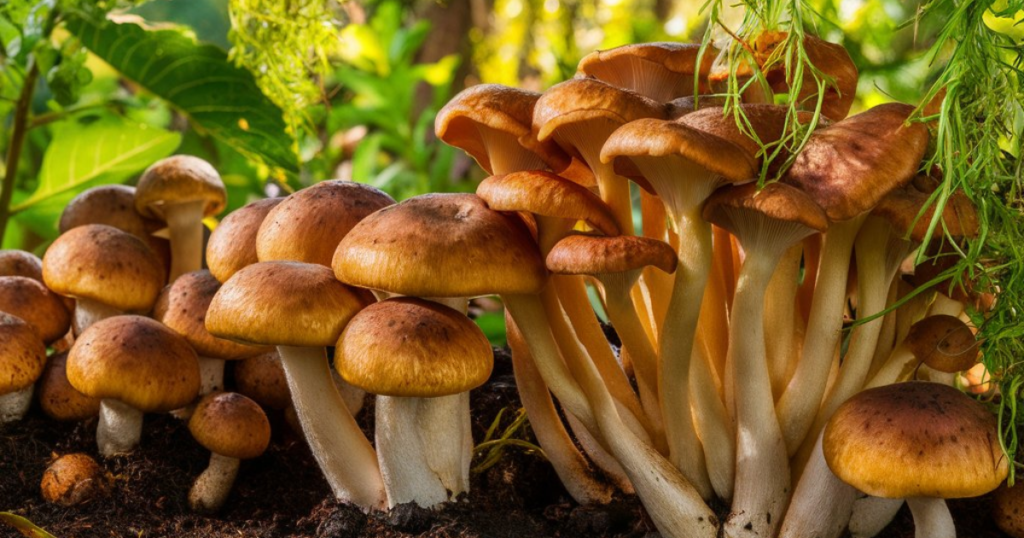
Growing chestnut mushrooms at home is not only a fun and educational activity but also a sustainable way to enjoy fresh, organic mushrooms. By understanding the needs of chestnut mushrooms and providing the right conditions, you can harvest a bountiful crop and enjoy the rich, earthy flavors of these culinary delights.
Whether you’re a beginner or an experienced gardener, mushroom cultivation offers endless possibilities for experimentation and discovery. So, roll up your sleeves, gather your materials, and embark on the rewarding journey of growing chestnut mushrooms at home. With patience and care, you’ll soon be enjoying the fruits of your labor, right from your own home.
FAQs
Can I grow chestnut mushrooms indoors?
Yes, chestnut mushrooms can be grown indoors with the right setup. Ensure you maintain the proper temperature, humidity, and ventilation for optimal growth.
How long does it take to grow chestnut mushrooms?
The entire process, from inoculation to harvest, typically takes about 4 to 6 weeks. This includes a 2-3 week incubation period and another 1-2 weeks for fruiting.
What kind of substrate is best for chestnut mushrooms?
Chestnut mushrooms thrive on composted manure, straw, or hardwood sawdust. Experimenting with different substrates can help you find the best one for your growing conditions.
How do I prevent contamination in my mushroom grow?
Sterilize all materials and equipment before use and maintain a clean growing environment. If contamination occurs, promptly remove the affected areas to prevent spreading.
Do chestnut mushrooms need light to grow?
While they don’t need direct sunlight, chestnut mushrooms require some indirect light to initiate fruiting. A low-intensity light source or natural indirect light works well.
Conclusion
Growing chestnut mushrooms at home is a rewarding and sustainable way to enjoy fresh, flavorful fungi. With their rich, earthy taste and nutritional benefits, chestnut mushrooms are a fantastic addition to any diet. By following the steps outlined in this guide, you can successfully cultivate these mushrooms, whether you’re a novice or an experienced grower. Remember to maintain the right conditions, be patient, and address any issues promptly to ensure a bountiful harvest.
Experimenting with different substrates and advanced techniques can further enhance your growing experience. Ultimately, the joy of harvesting your own chestnut mushrooms and incorporating them into your meals makes the effort well worth it. So, start your mushroom-growing journey today and savor the delicious rewards right from your own home.

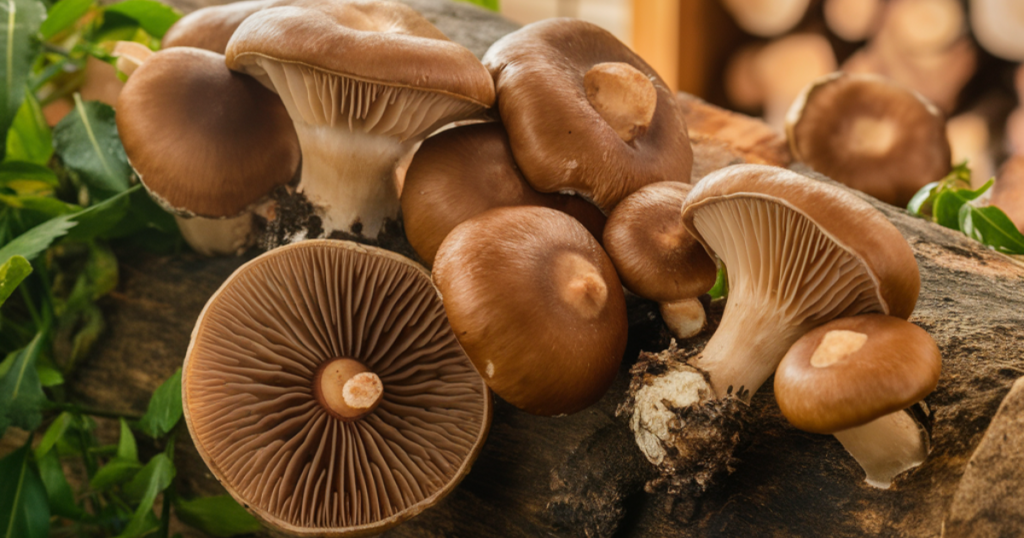
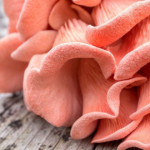
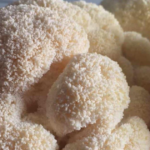
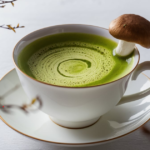



1 thought on “Growing Chestnut Mushrooms at Home”